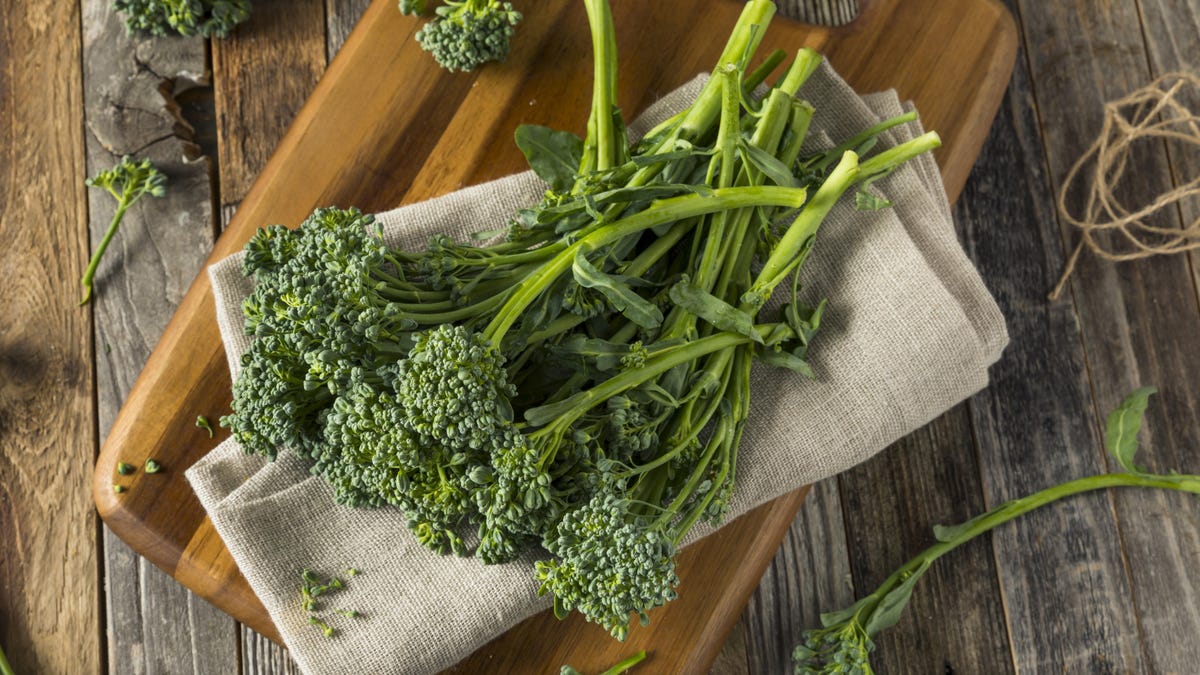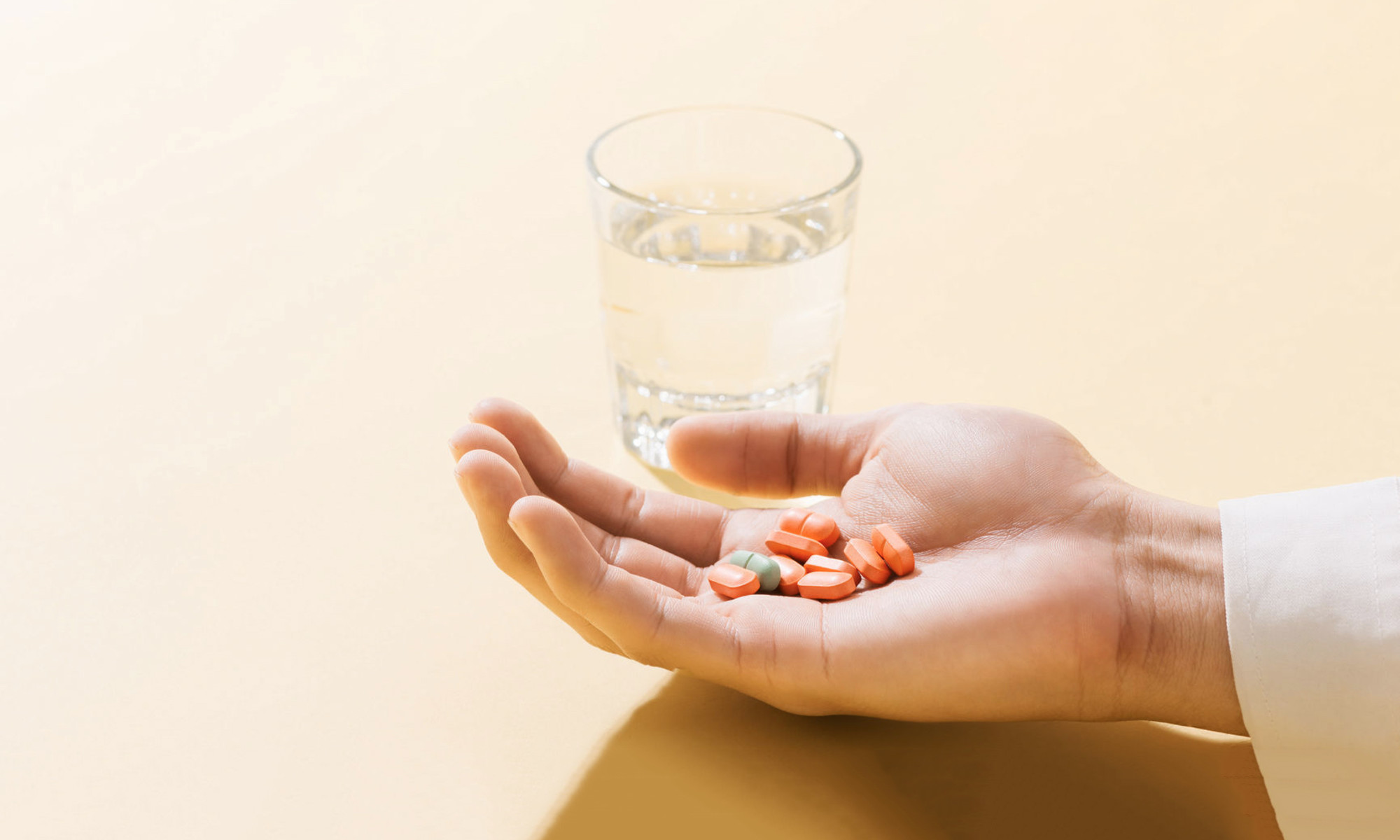Immune System Need a Boost? 15 Foods a Dietitian Wants You to Prioritize
Brighten up your diet. The post Immune System Need a Boost? 15 Foods a Dietitian Wants You to Prioritize appeared first on Camille Styles.
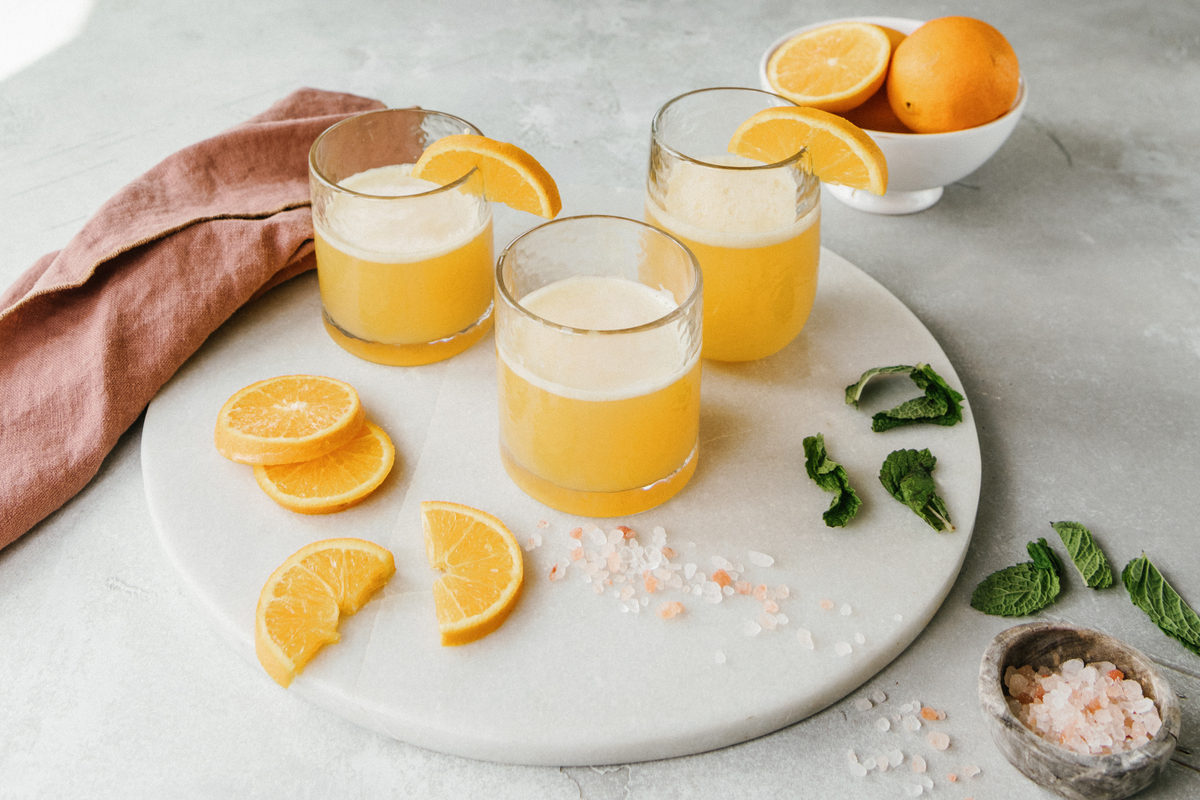
Supplements are a hot topic in the health world, and experts still disagree about their efficacy. Despite the unknowns, one vitamin in particular tends to make it on every list of sought-after supplements due to its scientifically proven effects on the body. Whether it’s used to fight a stubborn cold or brighten your complexion, vitamin C is loved by many for its numerous health benefits. Since our bodies can’t produce this vitamin, meeting the recommended daily dosage can be tricky. Fortunately, vitamin C can be found in many of our everyday foods, making upping your intake a bit easier.
We called in registered dietician May Zhu to break down everything you need to know about this powerful vitamin. And while she says it’s easiest to meet the RDA of vitamin C through food, supplementation is available. Ahead, discover everything to know about vitamin C foods and the best options to get your daily dose.
1 of 17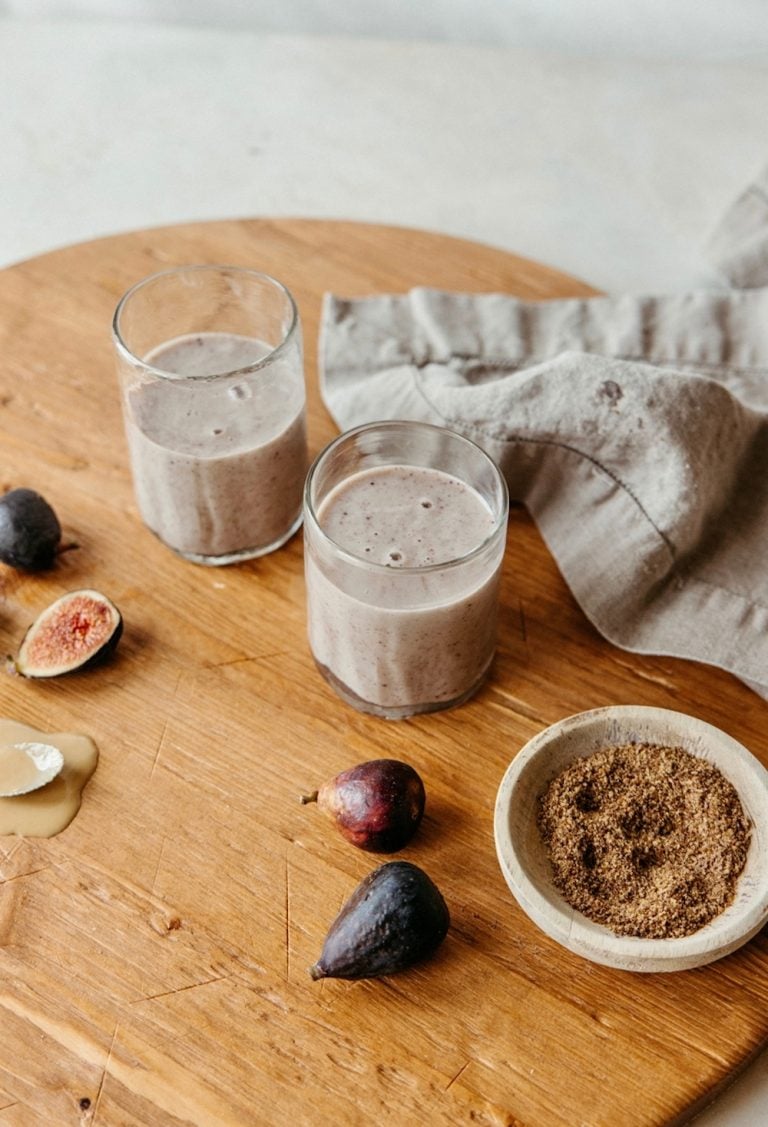
Benefits of Vitamin C
Vitamin C doesn’t just cover one area of health. Zhu says this vitamin can strengthen immunity, which can be particularly beneficial during cold and flu season. Vitamin C can also improve iron absorption, as this process determines how efficiently our body uses energy. Stimulation of collagen production is another benefit that vitamin C reaps, which can enhance overall skin health.
Supplements vs. Vitamin C Foods
Zhu says, “When it comes to vitamin intake, we always recommend a food-first approach before supplementation. Vitamin C is a water-soluble vitamin which means our bodies do not store it in large amounts, so after the body absorbs what it needs, anything in excess gets flushed out.” Therefore it isn’t a good idea to over-supplement this vitamin. Zhu also shared that the current Tolerable Upper Intake Level (aka the max daily intake unlikely to cause harmful effects on health) for vitamin C is 2000 mg a day. She notes that the RDA for adults 19 years old is 90 mg (men) / 75 mg (women). For pregnancy, the amount increase from 85mg to 120 mg daily.
However, Zhu says that an easier way to make sure vitamin C requirements are met and not exceeded is to regularly consume it through food, ideally through fruits and vegetables. She says that consuming 1-2 fruit and vegetables in every meal can help maintain vitamin C levels in the body. However, supplements can always be considered if you have a diet insufficient in vitamin C or find it harder to consume fruits and vegetables regularly.
2 of 17
Signs of Vitamin C Deficiency
Although rare, vitamin C deficiencies can occur, typically in less developed countries. However, there are warning signs of a deficiency. These may include:
Slow healing wounds Bruising on skin Bleeding (red) gums/tooth loss Weak immunity Scurvy Iron-deficiency anemia15 Vitamin C Foods to Give Your Immune System a Boost
As Zhu mentioned, the best way to meet the ideal RDA of vitamin C without going overboard is through food. This list consists of a variety of healthy and tasty options that are high in vitamin C and easy to incorporate into your weekly menu.
3 of 17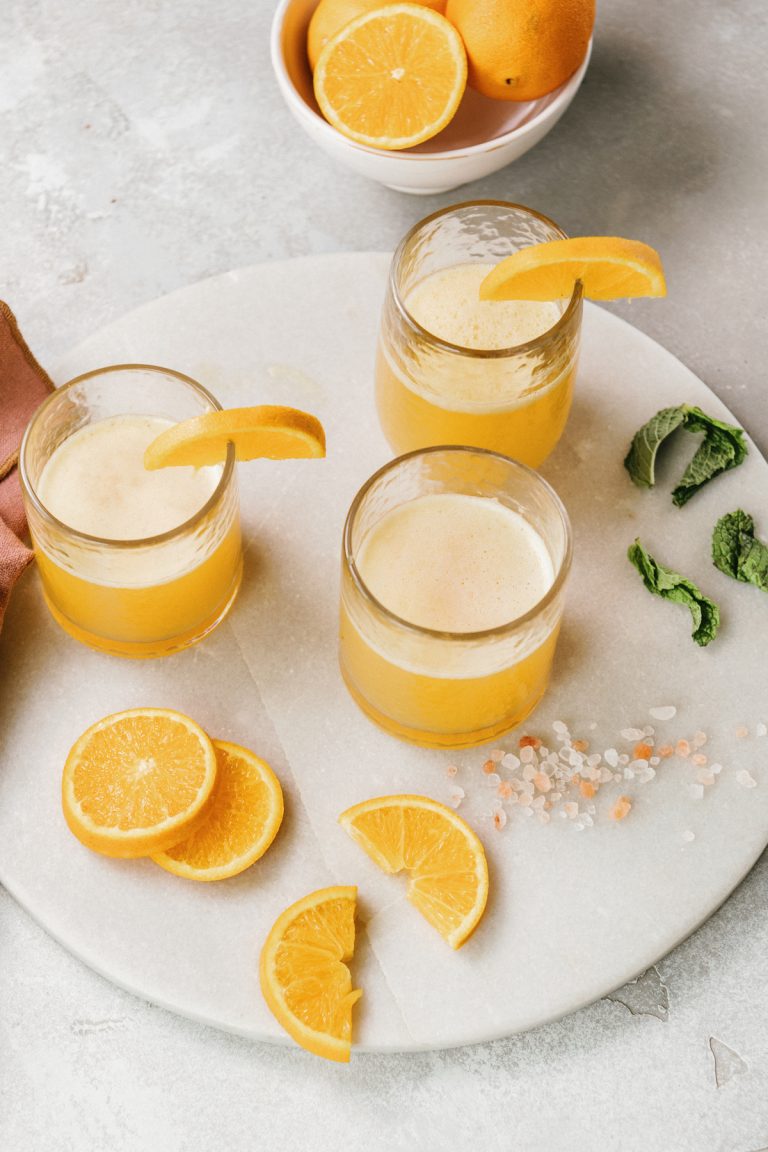
Oranges
1 medium orange contains 83 mg of vitamin C, meaning you can easily meet your daily amount with a quick snack. Oranges can also be added as a garnish or pressed into juice if eating them raw isn’t quite your style.
Adrenal Cocktail
If you’re well-acquainted with the afternoon slump, it’s time to get familiar with the adrenal cocktail. Fresh orange juice, coconut water, and sea salt all help replenish electrolytes and keep you hydrated.
4 of 17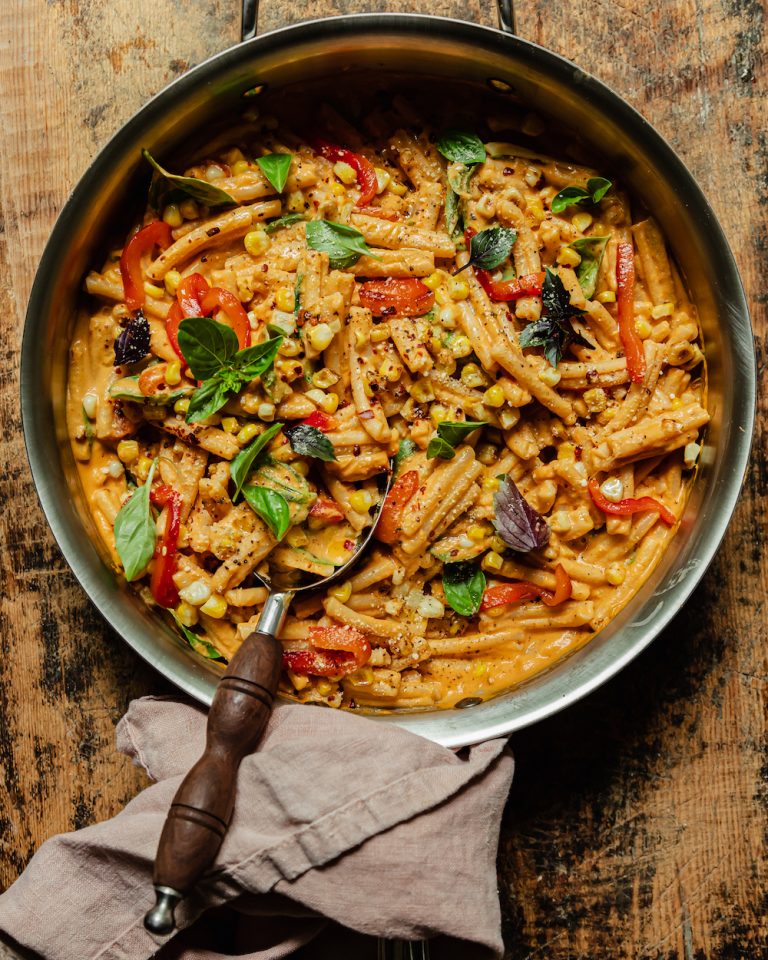
Bell Peppers
One red bell pepper or 1/2 cup of slices contains 95 mg of vitamin C, making it a great ingredient to include in your weeknight dinners or to snack on with hummus in the afternoon.
Vegan Red Pepper Pasta
Red bell peppers are a versatile way to incorporate a healthy ingredient that pairs well with flavors from virtually any cuisine. This pasta is creamy, nutritious, and delicious. Score!
5 of 17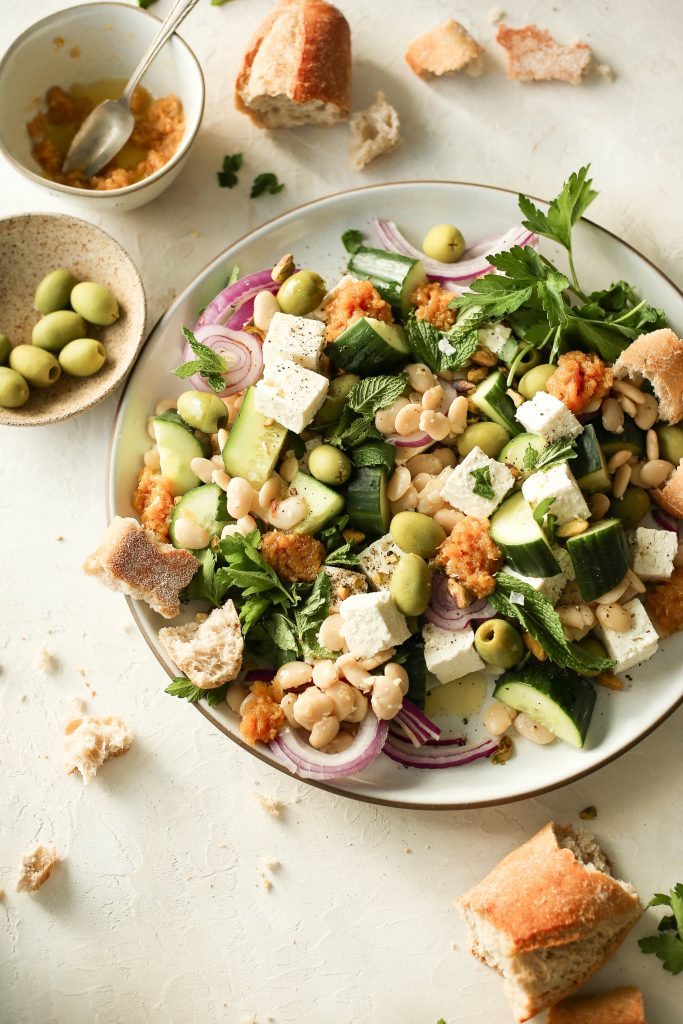
Lemons
You can get up to 30 mg of vitamin C from 1/2 cup of lemon juice. While that may seem like a whole lot of lemon, this fruit is used more often than you may realize in baking and cooking.
Feta Salad with White Beans and Lemon Relish
This recipe appreciates all of the lemon, including its juice, to create a tangy relish.
6 of 17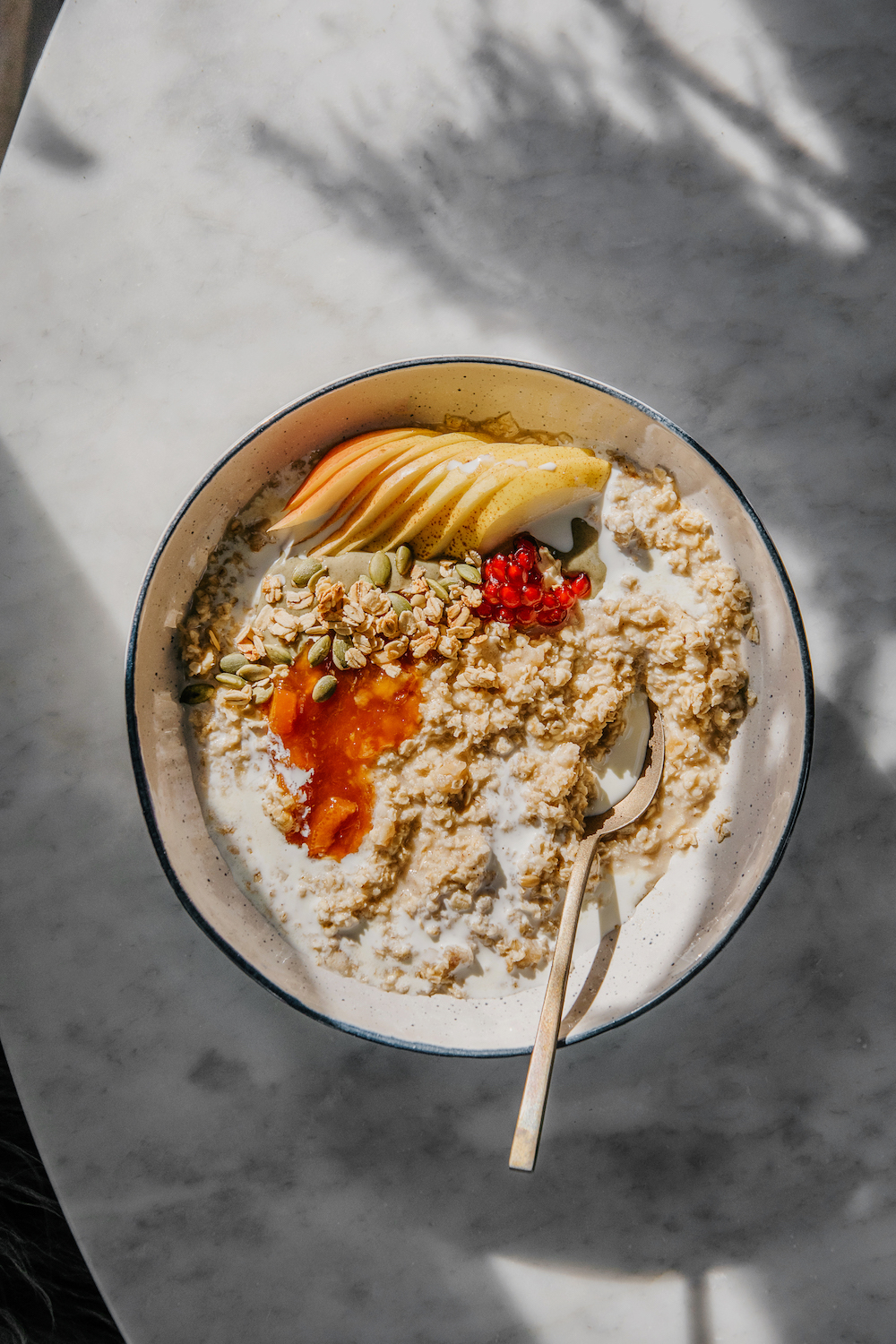
Papaya
One medium papaya contains 95 mg of vitamin C. Slice it up or add it as a garnish, but papaya never disappoints with its buttery and sweet flavor.
Millet and Amaranth Porridge with Figs and Papaya
We’ve never seen a more stunning take on porridge than the one Sarah Copeland shared with us. While this recipe calls for 1/2 papaya, more could be added to increase your vitamin C intake.
7 of 17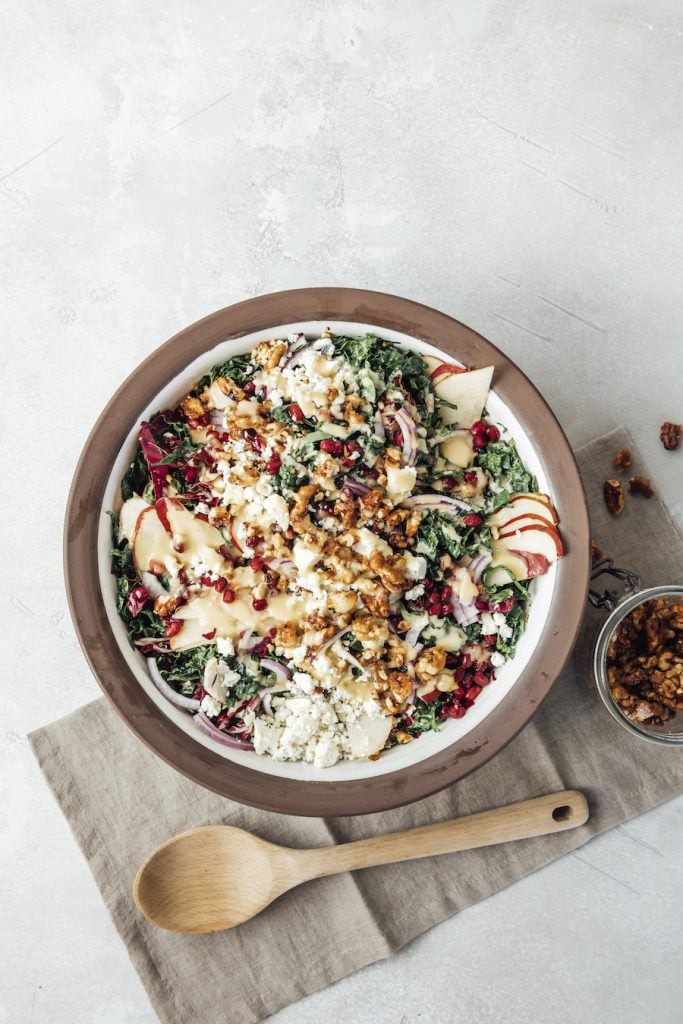
Kale
Did you know kale is a type of cabbage? Even if you did, I doubt you knew that 1/2 cup of this gorgeous green contains 53 mg of vitamin C.
Holiday Jewels Chopped Kale Salad with Mustard-Shallot Vinaigrette
Kale offers countless health benefits. This salad will help you on your way to meeting your RDA through whole foods. With a salad this delicious, it isn’t a challenge to incorporate plenty of vitamins into your weekly menu.
8 of 17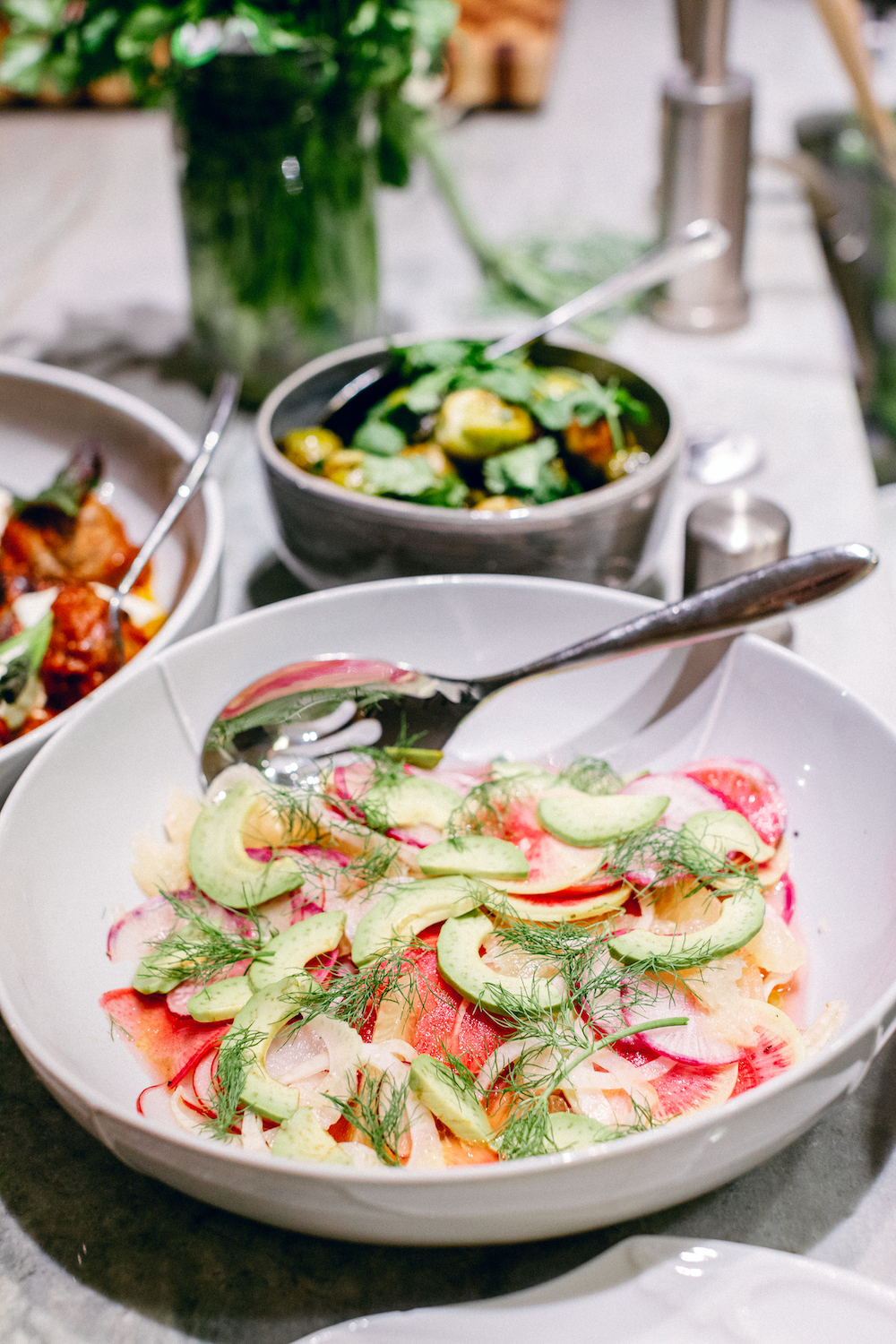
Grapefruit
It only takes one small grapefruit to deliver up to 69 mg of vitamin C, just about reaching that RDA.
Radish & Fennel Citrus Salad
This stunning salad is the perfect bowl of healthy ingredients that we’re always happy to bring to the table. With sprigs of dill, slices of avocado, and a bright Yuzu-spiked vinaigrette, it’s the perfect palate refresher between heavier courses.
9 of 17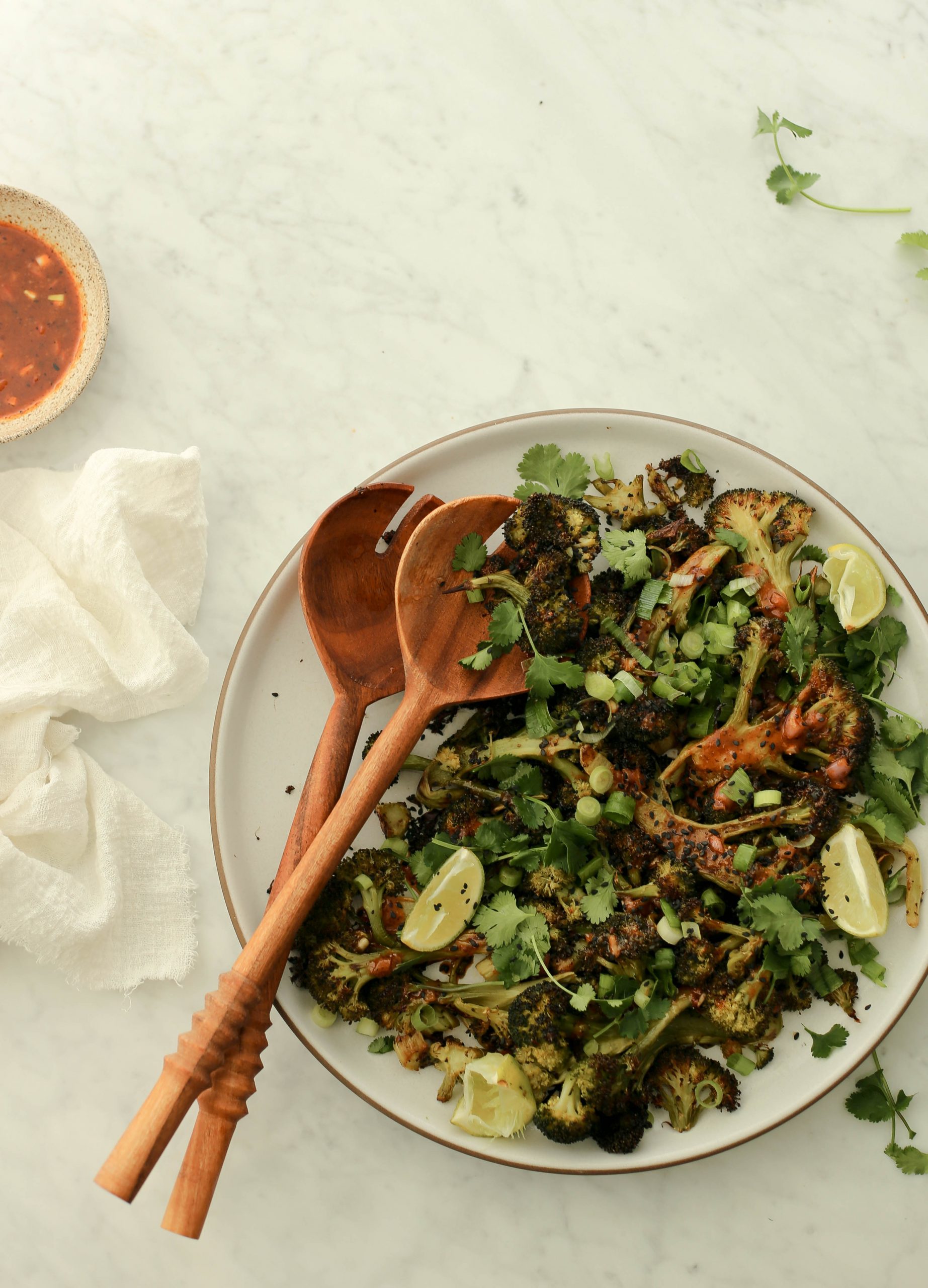
Broccoli
To preserve its nutrients, including vitamin C, we recommend steaming, sauteeing, or baking broccoli, as boiling can affect the nutrients preserved after cooking. 1/2 cup of this ingredient contains 50 mg of vitamin C. That’s a perfect amount for a delicious side or snack.
Spicy Chili Lime Miso Broccoli
You might find yourself eating this broccoli straight off the pan after tasting these delicious flavors. Spicy flavors are tamed by the lime’s acidity and complemented by the homemade miso dressing.
10 of 17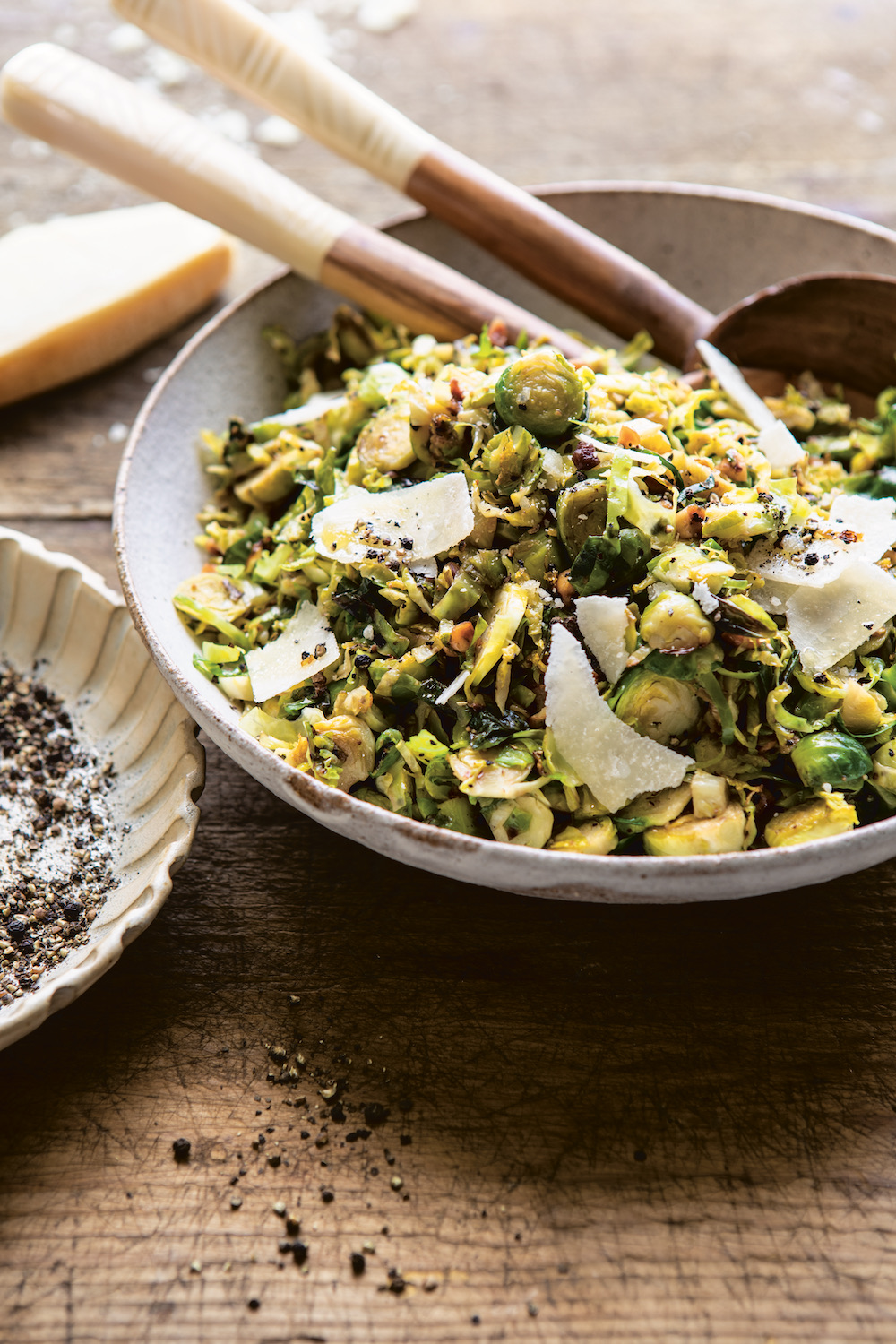
Brussel Sprouts
I’m a firm believer that if you still have a vendetta against Brussels sprouts as an adult, you haven’t cooked them properly. A 1/2 cup of cooked Brussels sprouts has 48 mg of vitamin C (but we think you’ll eat more).
Cacio E Pepe Brussels Sprouts
This recipe avoids those soggy steamed Brussels sprouts of your nightmares by shredding and cooking them instead. The core ingredients of cacio e pepe—butter, parmesan, and lemon—bring a bit of brightness to this underrated veggie.
11 of 17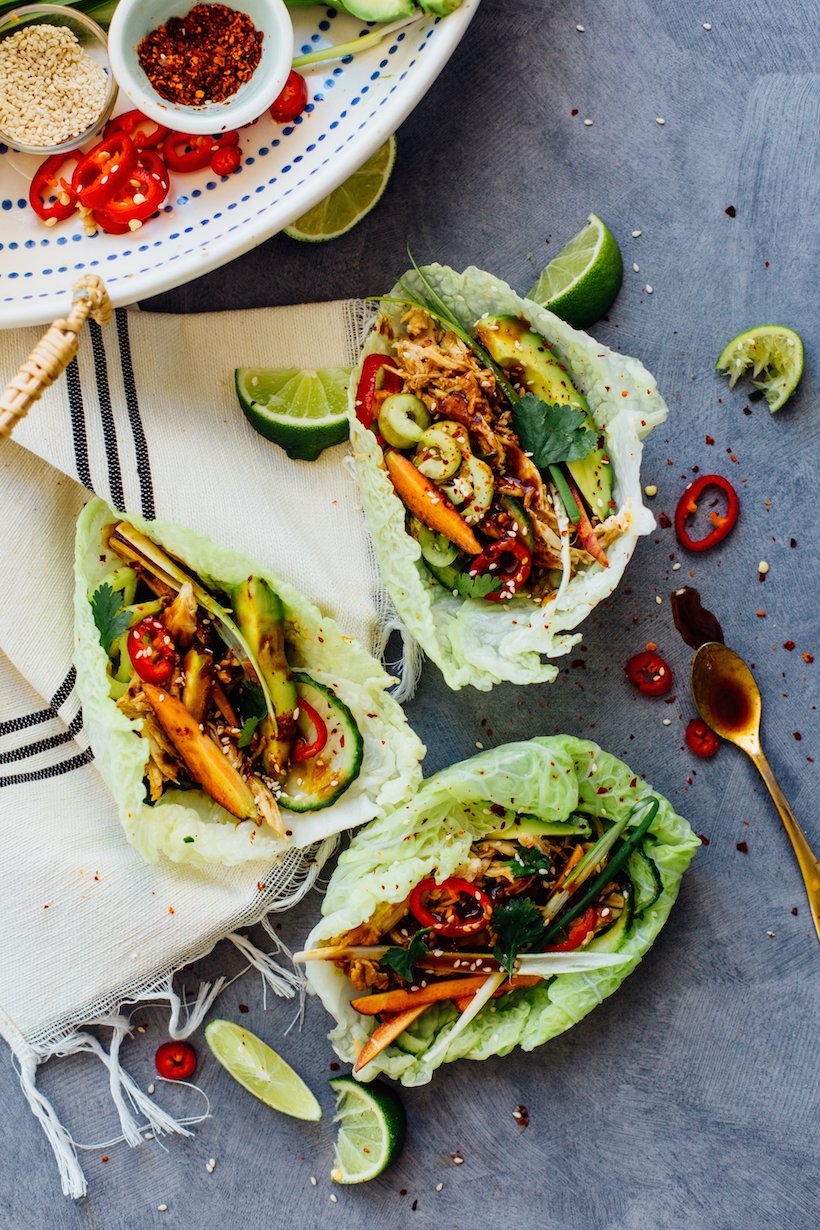
Cabbage
While one cup of raw cabbage is only 33 mg of vitamin C, we’re confident you’ll find yourself eating more of this veggie when it’s paired with bold flavors and hearty protein.
Hoisin Chicken Cabbage Tacos
I’m always looking for ways to incorporate fruits and veggies to replace unnecessary carbs in my meals (but by no means am I a carb-hater). If you’re skeptical about cabbage leaves replacing a traditional tortilla in this recipe, the filling will win you over, consisting of hoisin sauce, shredded chicken, and a variety of delicious toppings.
12 of 17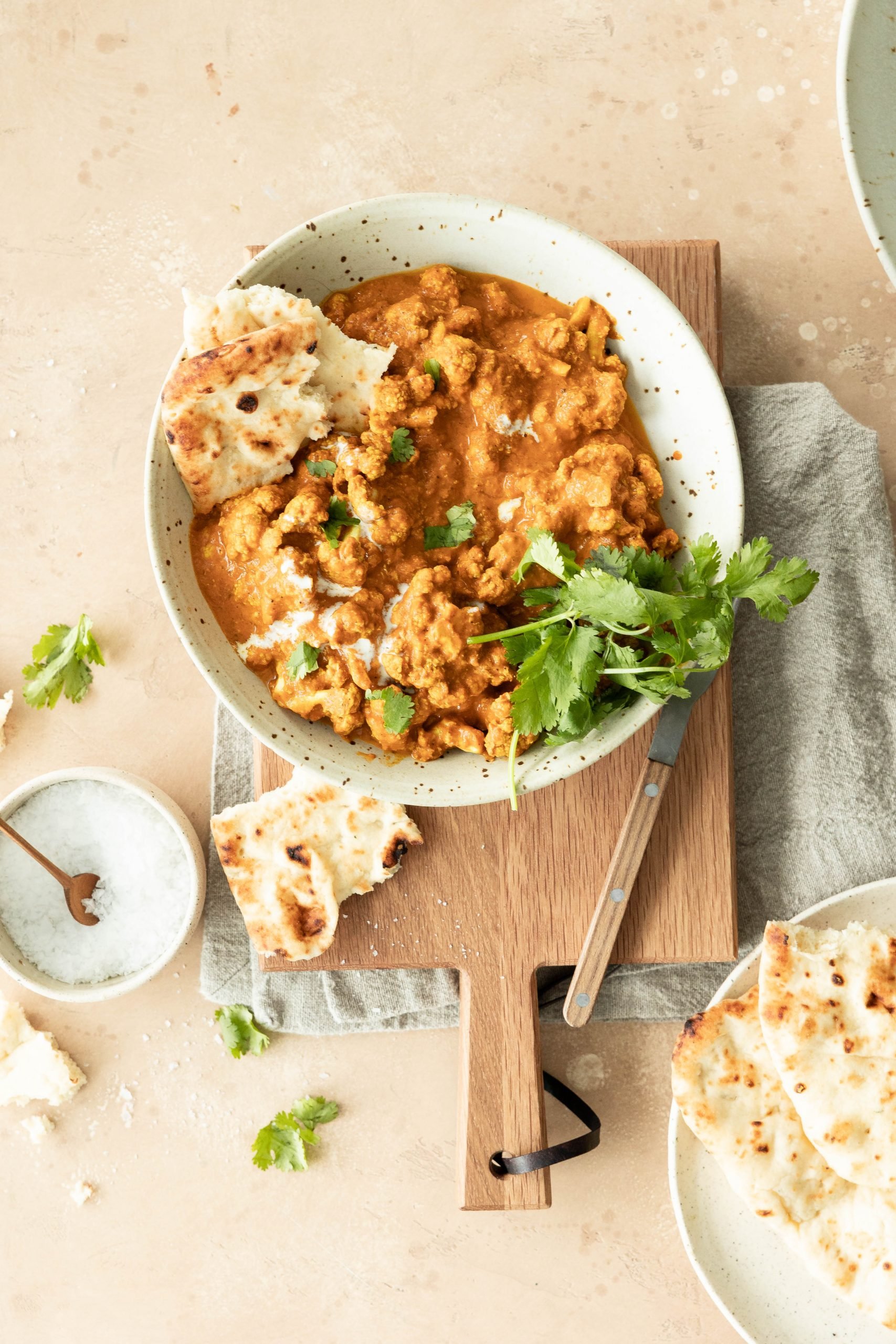
Cauliflower
One cup of raw cauliflower is 52 mg of vitamin C. But let’s be honest, who can only eat one cup of this veggie?
Cauliflower Tikka Masala
In this recipe, the cauliflower soaks up all the delicious flavors and spices. And because it comes together in a flash, it’s a perfect option to boost your vitamin C intake.
13 of 17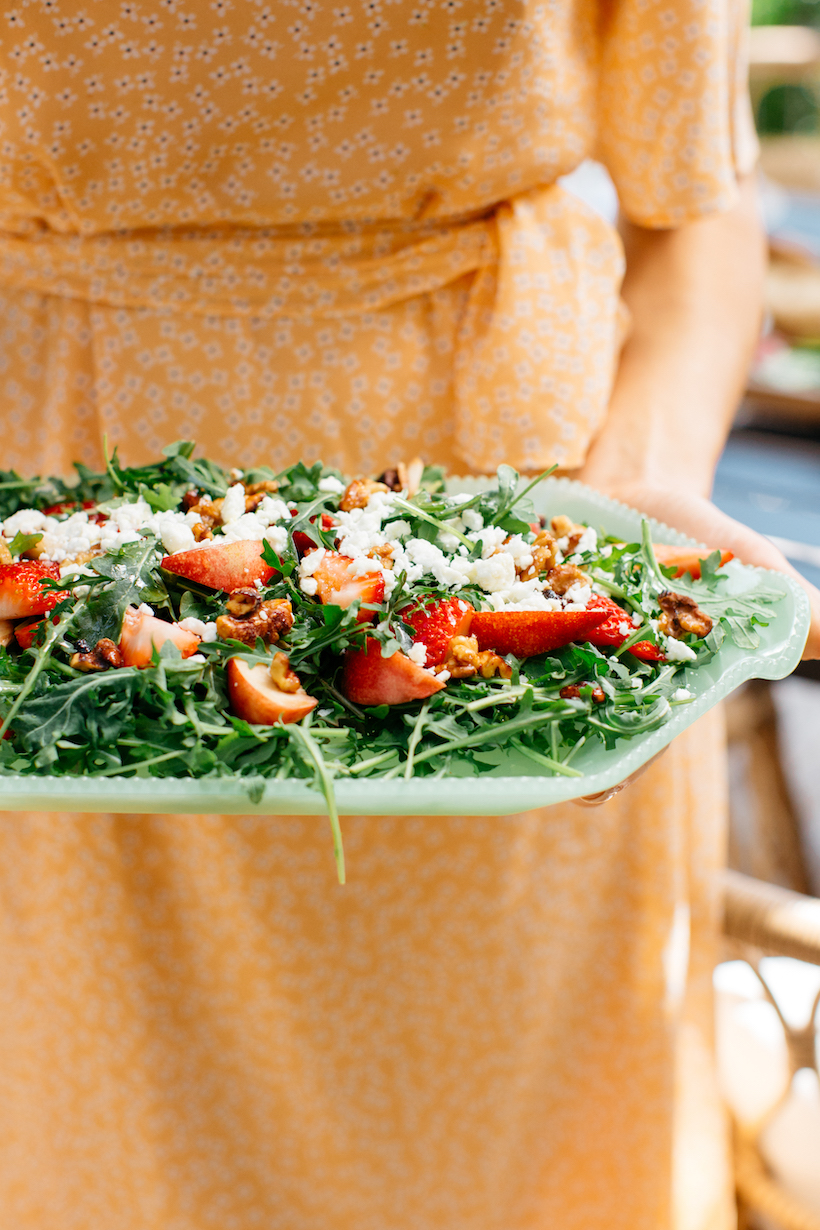
Strawberries
Strawberries are surprisingly high in vitamin C, containing 98 mg in only 1 cup. This fruit makes it easy to meet your RDA, as it can be incorporated into every meal of the day.
Strawberry & Arugula Salad with Spring Herbs & Goat Cheese
This strawberry and arugula salad couldn’t be more picture-perfect. If you’re looking for a simple way to meet that RDA of vitamin C, make sure that you slice up one cup of this fresh fruit for your salad.
14 of 17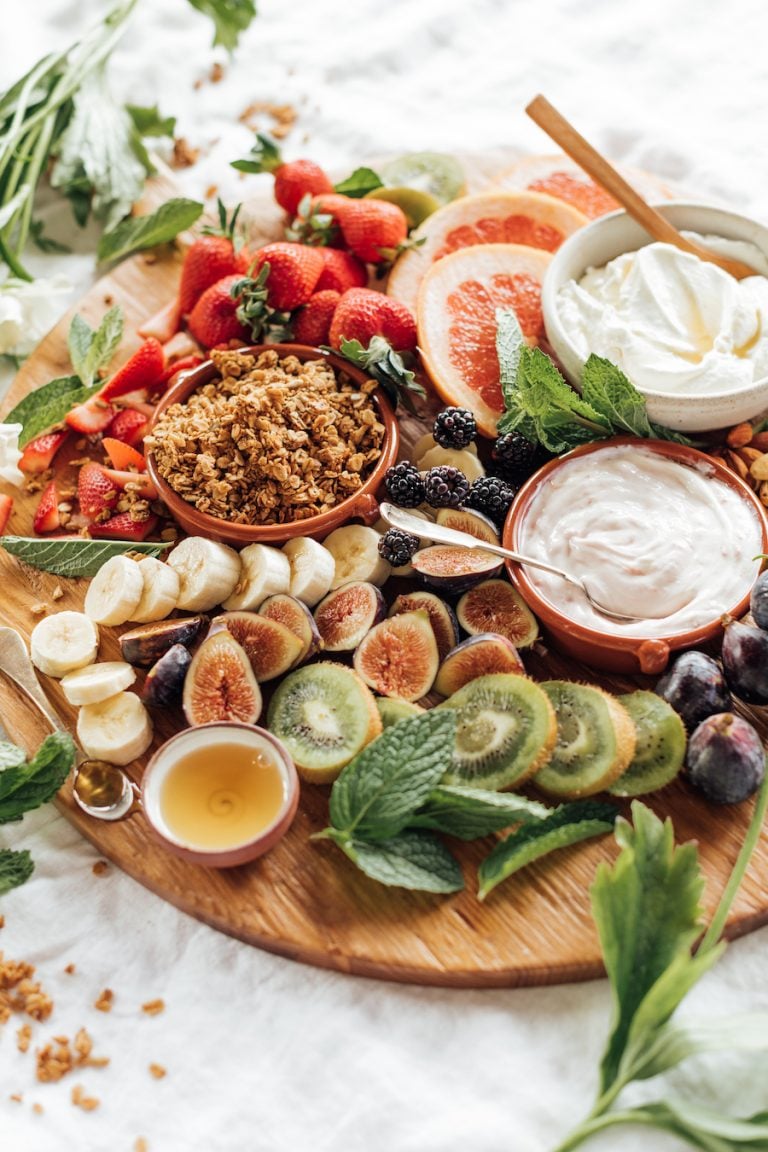
Kiwis
Two kiwis contain 137 mg of vitamin C, making for an easy snack that meets your RDA.
Breakfast Grazing Board
I want to wake up to this fruit-filled breakfast board every morning—and it’s so easy to put together that I could. It’s perfect for a casual breakfast or brunch gathering served alongside plenty of coffee. (And OJ for an added vitamin C boost!)
15 of 17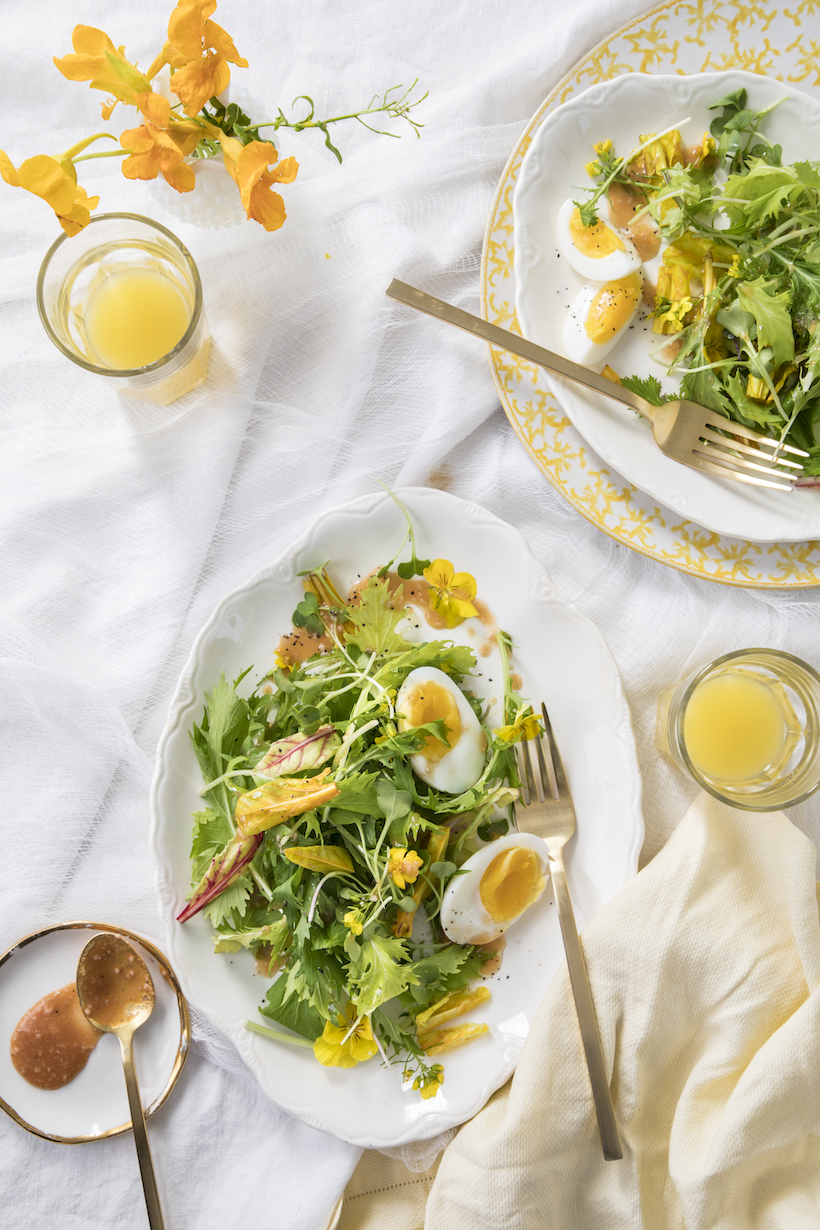
Guava
Guava is another vitamin C superfood. 1 medium Guava contains 165 mg of vitamin C, making it a great ingredient to help balance blood sugar levels and boost heart health.
Baby Greens with Beet Leaves, Soft Boiled Egg, and Hot Guava Dressing
This fresh salad doesn’t skimp on bold flavors—a perfect complement to crisp greens. The hot guava dressing can be used on everything from proteins to sandwiches, too. We make extra just in case.
16 of 17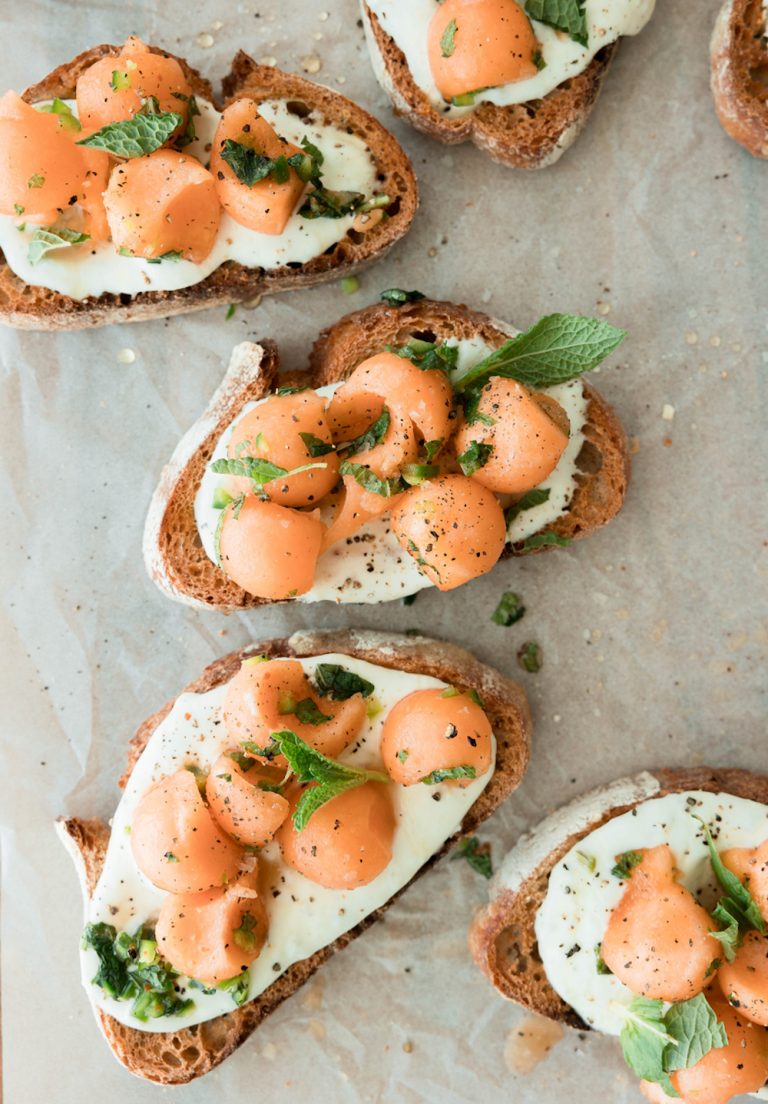
Cantaloupe
While 1 cup of cantaloupe is only 17 mg of vitamin C, if you’re like me, you’ll eat far more of this fruit in one sitting. It’s the perfect snack I crave on hot summer days or in a Greek yogurt bowl for breakfast.
Spicy Melon Ricotta Toast
For a sweet-and-savory appetizer or snack, this spicy melon ricotta toast satisfies. I love the variety of flavor at play and the aesthetic is beyond gorgeous.
17 of 17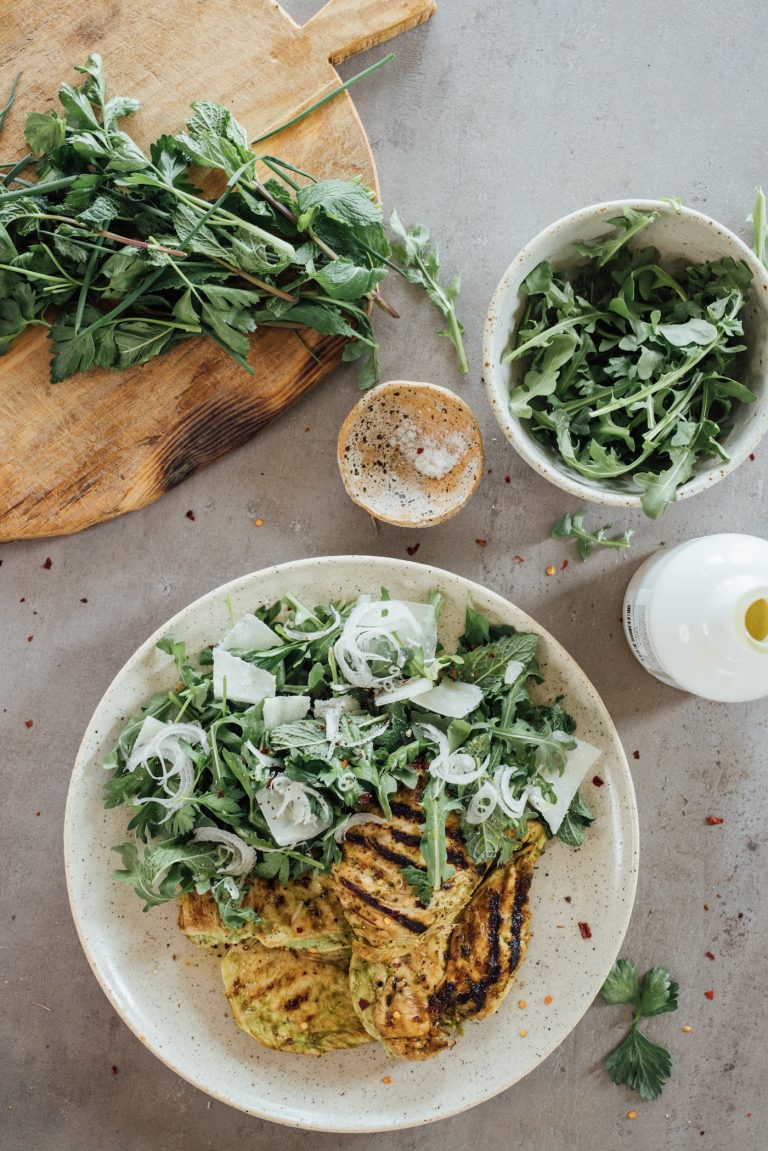
Parsley
One cup of parsley is a fool-proof way to incorporate foods high in vitamin C into your meal. With 133 mg per cup, your dishes won’t be lacking in flavor or nutrition.
Grilled Yogurt-Marinated Chicken with All the Herbs
Truly—all the herbs. This beyond-flavorful chicken features a zesty marinated that packs in a whole half-bunch of parsley. Consider your vitamin C needs satisfied.
This post was originally published on March 26, 2023, and has since been updated.

 ValVades
ValVades 












